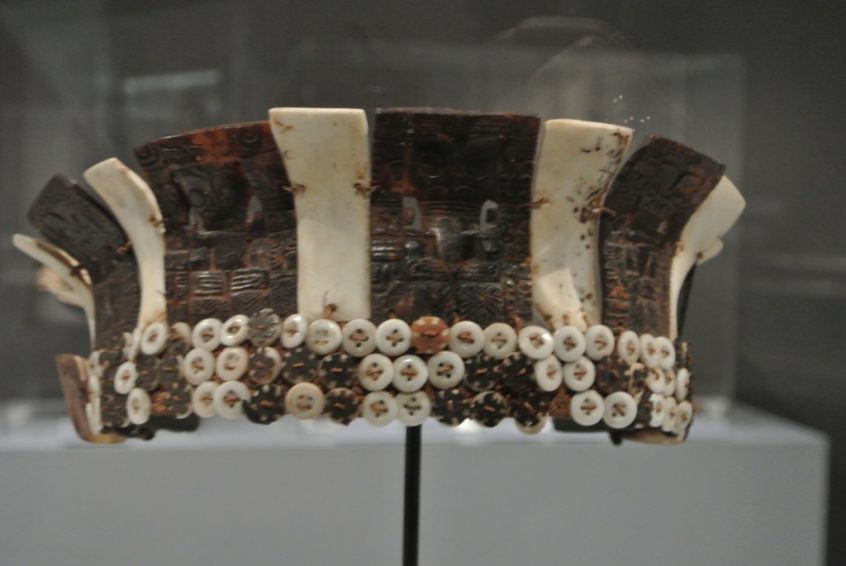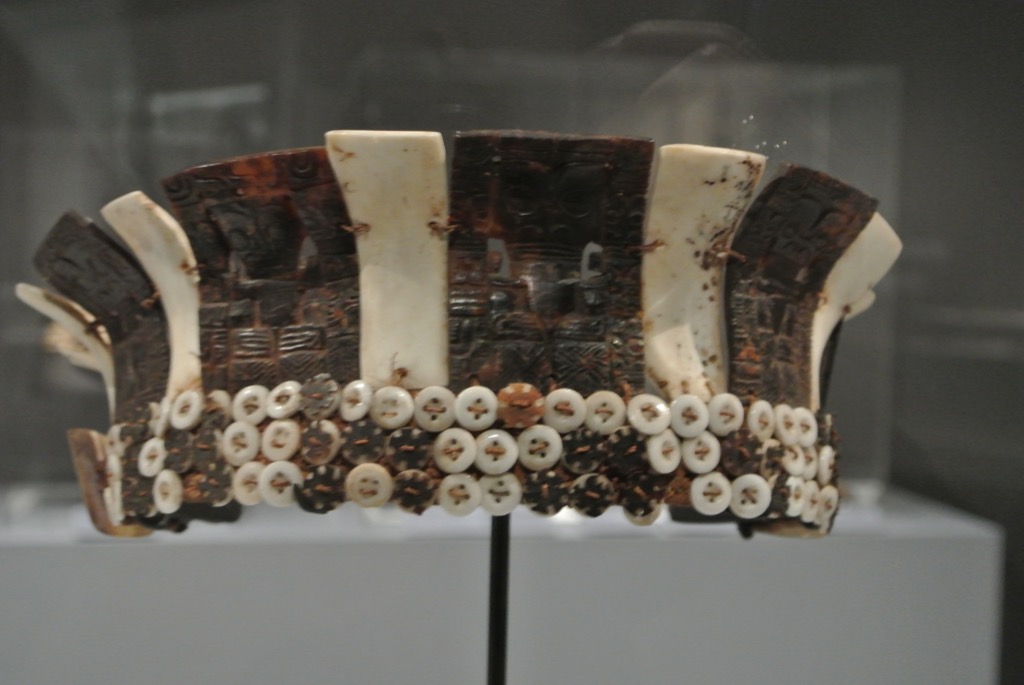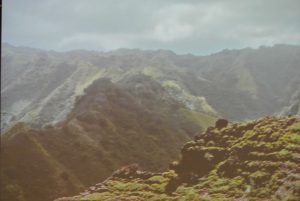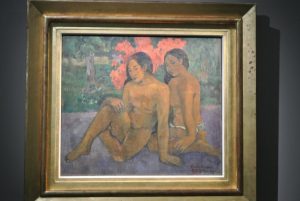When it was inaugurated ten years ago, Musée du quai Branly was quite controversial. Its collections of African and Latin American art were primarily taken from Musée de l’Homme at the Trocadéro, many pieces of art were bought from or by Jacques Kerchache, a dealer close to Jacques Chirac and Jean Nouvel‘s architecture was not unanymously loved. Today, the Museum, which is adding Jacques Chirac to its name in June, is a huge popular success with many activities devoted to the young, the culture of the suburbs and research. On June 21, an exhibition « Jacques Chirac ou le dialogue des cultures » will pay a special tribute to the former President of France.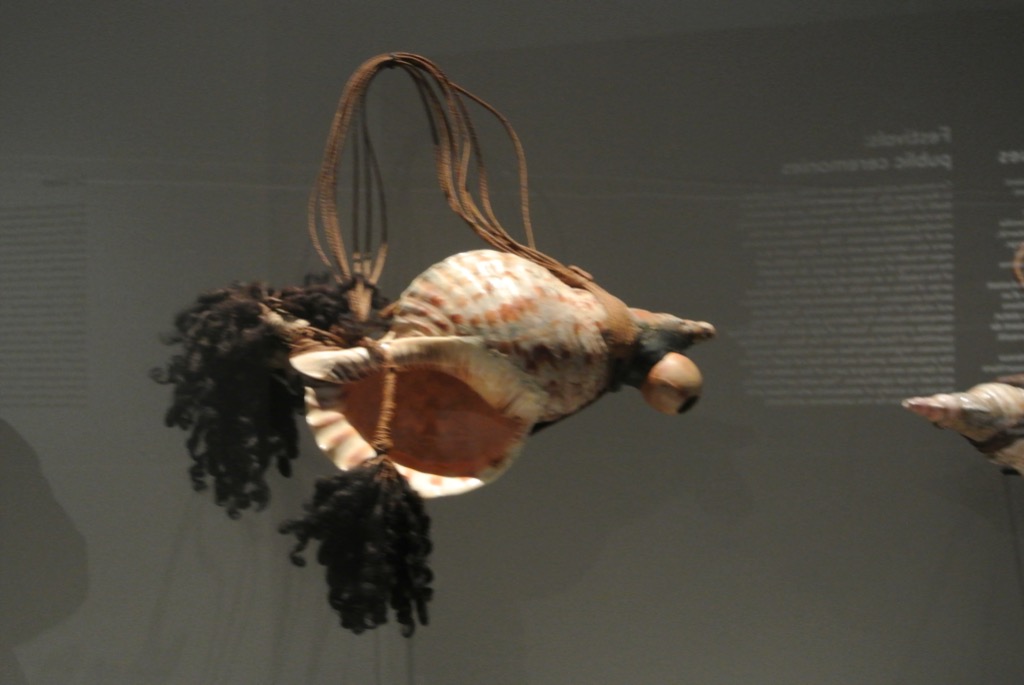
Every year, Fondation Jacques Chirac awards its prizes for the preservation of peace in the auditorium in the presence of President Hollande. So the Museum has become a sort of political atrium for the mixing of all French populations. Many concerts take place there in the summer and during school vacations, programs are specifically planned for children. But mostly, the exhibition program is fabulous, opening our minds to far away civilizations such as « Sepik » the recent show on New Guinea art or « Mata Hoata » the present one
on the Marquess islands, near Tahiti.
Artistically, this show might seem a little thin, since the wooden objects, anthropomorphic statues and different weapons, are not as striking as one would expect. But the fascination of these islands on visitors and writers such as Captain Cook in 1774, explorer Abel Aubert du Petit Thouard in 1838, Paul Gauguin, Robert Louis Stevenson, and Hermann Melville, are enough to rise our curiosity. Close to 400 objects, with volcanic rock sculptures, wooden bird boxes, jewelry, wooden spears, give us an idea of how rich these islands were in the 18th century. They are accessible from Tahiti and their population has gone down from 100 000 in the 18 th century to 2 000 in 1900. One of the particularities of their inhabitants is that they tattoo their whole body and there are some engravings of this done by sailors.
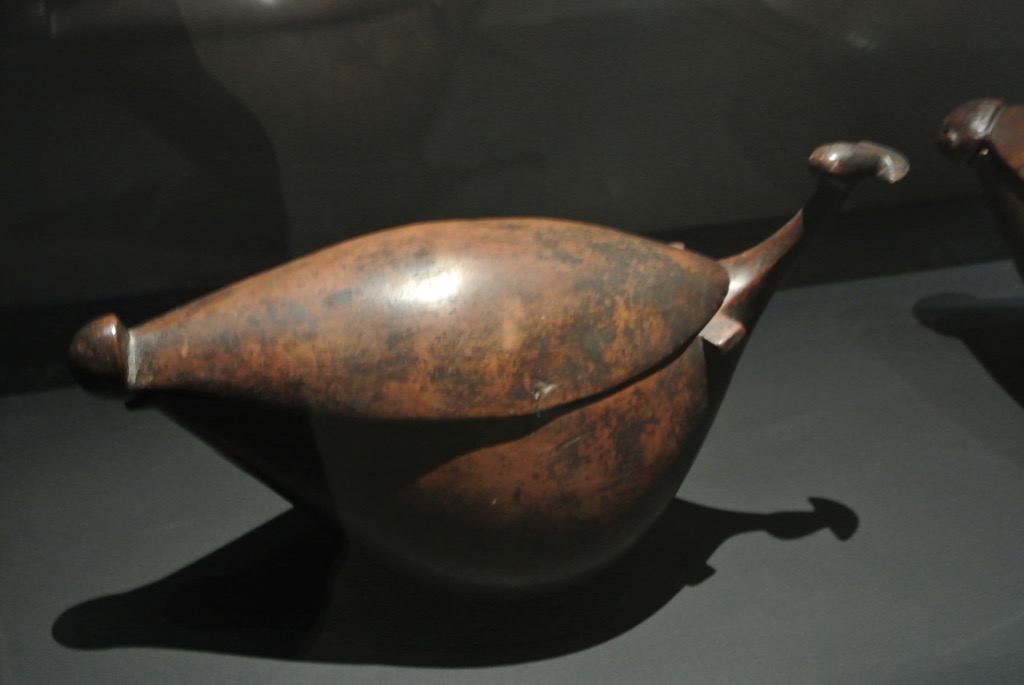
Kotue, wood container in the shape of a bird, is used for precious objects like yellow paint or famous leader’s skull
They use threaded coco fibers to keep track of their genealogy called « too mata » . The film shown at the entrance gives a good idea of the mountainous relief and the richness of nature. A little boy visiting the exhibition had lived in the Marquess islands for a year, and still had stars in his eyes while talking about it. Seeing this exhibition is like traveling very far away from daily Paris…
The show is curated by Carol Ivory, who teaches at Washington State University and Véronique Mu-Liepmann curator of the Tahiti Museum. (Musée du quai Branly, until 24 July)
Share this Post
